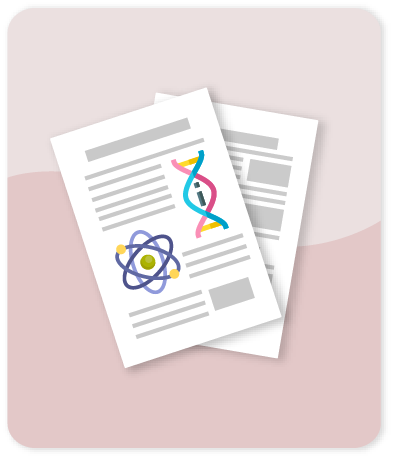Production of activated carbon from agave residues and its synergistic application in a hybrid adsorption-AOPs system for effective removal of sulfamethazine from aqueous solutions

Compartir este ítem
Fecha
2024Autor
Serna-Carrizales J.C
Zárate Guzmán A.I
Forgionny A
Acelas N
Pérez S
Muñoz-Saldaña J
Ocampo-Perez R.
Citación
Metadatos
Mostrar el registro completo del ítemResumen
Tequila production in Mexico generates large quantities of agave bagasse (AB), a waste that could be used more efficiently. AB has a high cellulose, hemicellulose, and lignin content, which allows its use as a precursor for synthesizing carbonaceous materials. In the present work, the synthesis of activated carbon impregnated with Fe2+ (AG-Fe-II) and Fe3+ (AG-Fe-III) was carried out and evaluated in a hybrid adsorption-AOP (advanced oxidation process) methodology for sulfamethazine removal (SMT). The materials were characterized before and after the process to determine their morphological, textural, and physicochemical properties. Subsequently, the effect of the main operational variables (pH, initial SMT concentration, mass, and activator dosage) on the hybrid adsorption-degradation process was studied. The Fenton-like reaction was selected as the AOP for the degradation step, and potassium persulfate (K2S2O8) was used as an activating agent. The main iron crystallographic phases in AG-Fe-II were FeS, with a uniform distribution of iron particles over the material's surface. The main crystallographic phase for AG-Fe-III was Fe3O4. The hybrid process achieved 61% and 78% removal efficiency using AG-Fe-II and AG-Fe-III samples, respectively. The pH and initial SMT concentration were the most critical factors for removing SMT from an aqueous phase. Finally, the material was successfully tested in repeated adsorption-degradation cycles. © 2024 Elsevier Inc.
Colecciones
- Indexados Scopus [1813]
